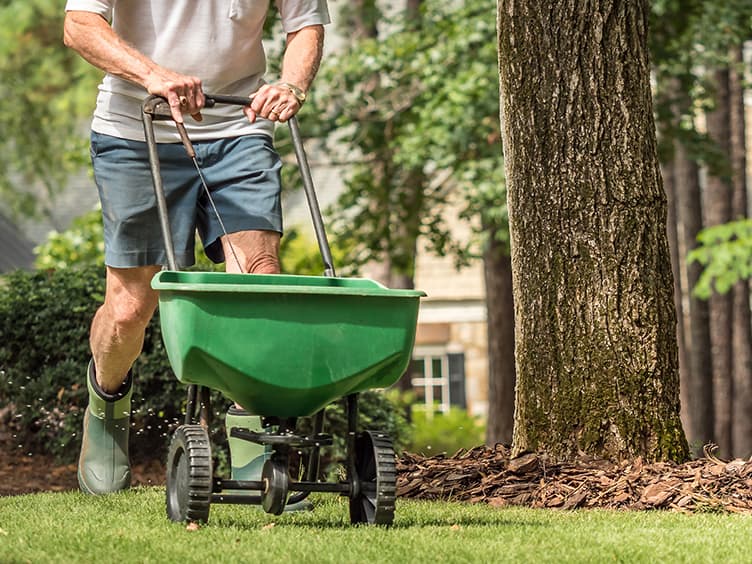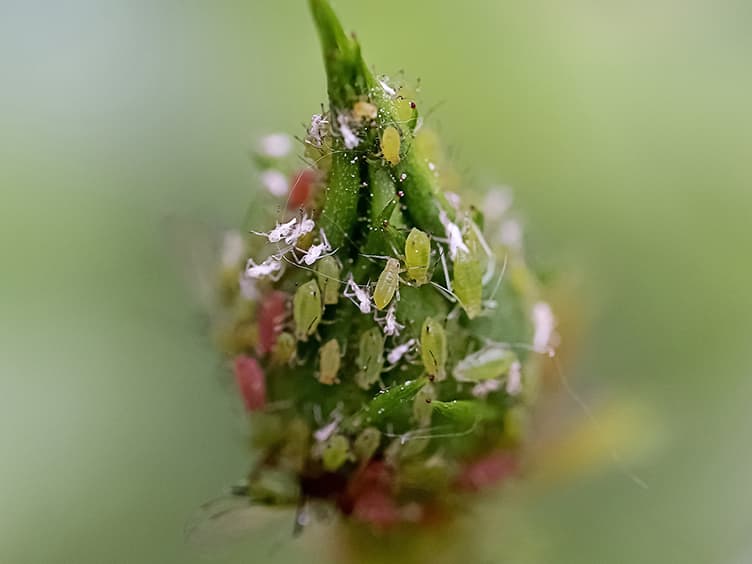Chilli
It seems that most people now have at least 1 or 2 chilli plants at home – it’s become incredibly trendy. Growing...
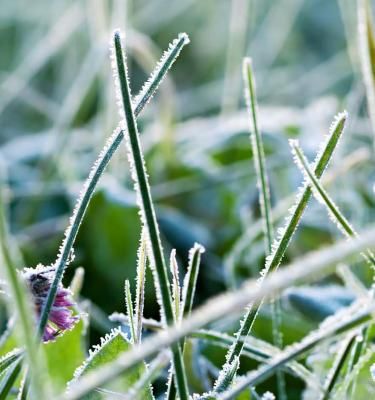
This month there’s a sense that winter is almost over. Flower and growth buds on deciduous trees and shrubs, roses and fruit trees start to swell and show tinges of colour, the early daffodils and jonquils burst into flower and camellias and magnolias are at their peak of flowering.
It seems that most people now have at least 1 or 2 chilli plants at home – it’s become incredibly trendy. Growing...
Potatoes (Solanum tuberosum) are tubers that grow and form at the plant’s roots. Plants also produce flowering shoots...
Nothing beats home-grown peas for their tenderness and taste. That's because when they’re picked, their sugars start to...
Asparagus is a classic spring vegetable worth establishing in your garden. You’ll need to wait 2 years from planting...
Drizzled with olive oil and baked whole or sliced into steaks, cut into individual florets and wok-tossed in a stir fry...
Broccoli is a must have in every home veggie patch - it’s productive, nutritious and very easy to grow. Although they're...
Rhubarbs edible stalks grow from a central crown and this popular vegetable is most commonly eaten as a sweet! Once...
You might not like the cold weather, but Brussels sprouts do! Brussels sprouts grow best in cool climates with cold...
Spinach is rich in iron, fibre and other essential vitamins and this easy to grow veg is ready to harvest, leaf by leaf...
Kale is an easy to grow leafy vegetable that has become popular thanks to its superfood status because it’s rich in...
Cabbages are an easy and versatile vegetable for you to grow and enjoy at home! It can be eaten raw, cooked into...
Silverbeet is also commonly referred to as Swiss chard, chard or rainbow chard. The rainbow variety has brightly...
Avocado trees, once established, are very productive, beautiful evergreen trees that will supply you with plenty of...
Beetroot is the ultimate vegetable to grow for root-to-tip eating! Its young tender leaves can be eaten raw in salads or...
Celery can be a fussy vegetable to grow, it doesn’t like it too hot or too cold! But once you’ve got it growing happily...
Watercress is a peppery, nutrient-rich leafy green that’s delicious on sandwiches and in salads. It’s easy to grow in...
Turmeric is bright yellow, pungent spice, native to the monsoon rainforests of Asia, that you can easily grow in your...
Radishes are one of the easiest and speediest vegetable crops to grow! Perfect for the time poor or beginner gardener...
Leeks are a sweet and mild member of the onion family. They thrive in cold and warm temperate climates but can be...
Globe artichoke (Cynara scolymus) are thistle like plants that produce edible flowers - harvested and eaten in their bud...
Horseradish is a vigorous plant related to broccoli, cabbage and kale - but unlike its brassica cousins, horseradish is...
Parsnips are a nutty and sweet root vegetable that can take 5-6 months to reach maturity! But the flavour of homegrown...
Shallots ( Allium cepa var. aggregatum) are a member of the onion family loved by chefs and home cooks for their mild...
Lettuce is an easy to grow, staple leafy green that can be easily grown year round. You can grow lettuce quickly from...
Okra, also known as Lady’s Fingers or Gumbo, produces long pod-shaped fruit that can be used in stews, curries and stir...
Snow peas are heavy croppers that are easy to grow in home veggie beds or potted gardens. Snow peas flat pods can be...
Turnip are a fast and easy to grow root crop that’s related to other broccoli, cabbage and other brassicas. Although...
Mustard greens (Brassica juncea) are a cool season vegetable, grown for their peppery edible leaves. You can eat young...
Tiny and tasty, cherry tomatoes are a vegie patch superstar. Surprisingly east to grow, these little legends come in a...
Eaten fresh, baked in muffins or as the star attraction in jams or desserts, blueberries (Vaccinium corymbosum) are...
Who doesn’t love strawberries? If you’re a strawberry fan, there are many varieties easy to grow at home, allowing you...
What could be better than a bowl of sweet, fresh-picked raspberries in summer? These delicious fruits are easy to grow...
Homegrown cherries are sweet, juicy and delicious. Many varieties will be dripping with ready to pick cherries around...
Apple trees love a garden with cool winters, but if you choose the right variety (with ‘low chill’ requirements), you...
Chokos are an old-fashioned crop that’s making a comeback! Once upon a time, these vigorous vines covered pergolas...
Blackberries sometimes get a bad wrap thanks to the wild, thorny, weedy ones! But growing blackberries in your garden is...
Growing grapes from your own grapevine really are the perfect summer snack! Fruiting grapevines are fast-growing...
Fig trees originate from the Mediterranean where the summers are hot and dry, and winters cool - so they happily grow in...
Mangoes are the classic summer fruit, loved for their sweet and juicy flesh. Mango trees thrive in tropical and...
Persimmons are medium to tall growing deciduous trees that produce apple sized, orange coloured persimmon fruits in...
Pineapples are an easy care tropical fruit, that will also grow in other frost-free climates around Australia too...
Lychee fruit grow on medium to large evergreen trees that love growing in subtropical and tropical climates. They love a...
Paw Paw or Papaya (Carica papaya) originate from tropical and subtropical climates, so they thrive in warm, frost free...
Mulberry trees are a fast and easy to fruiting plant for every home garden! You’ll rarely find mulberries at the...
Pear trees love a garden with cool winters, but if you choose the right variety (with ‘low chill’ requirements) you can...
Kiwifruit grow on large, vigorous vines that need a lot of space to grow. To produce kiwifruit you’ll need to plant both...
Gooseberries (Ribes uva-crispa) are native to parts of Europe, but they’ll happily grow in the cooler parts of southern...
Plum trees are productive fruit trees, ideally suited to growing in the average backyard or in a large pot. There are...
Pomegranates (Punica granatum) are heat-loving trees, native to the Middle East, that grow well here in Australia. The...
Orchids are a great addition to any home, with their exotic, delicate and diverse flowers and their beautiful shapes and...
Roses are among our favourite garden plants – and deservedly so. They are versatile, produce vibrant colour through...
Lavender is a beautiful, fragrant small shrub perfect for cottage gardens, perennial borders and pollinator patches...
Azaleas have the power to fill winter and spring gardens with masses of colourful blooms. Azaleas will tolerate a range...
Lilies or lilium are summer flowering bulbs with showy blooms that are often heavily fragrant. Lilies will grow in most...
Snapdragons are bright and cheerful flowering plants that grow in most climates. If you live in a region with heavy...
Hydrangeas ( Hydrangea macrophylla) are the perfect flowering shrub for part shade AND their big blousy flower heads...
Poinsettia is a Christmas favourite - their red and green colours are commonly used to bring festive cheer indoors over...
Begonias come in a range of sizes and forms, and they’re loved by gardeners as indoor or outdoor plants for their...
Rhododendrons are spring flowering shrubs or trees that are closely related to azaleas, so they like similar growing...
Ranunculus (Ranunculus asiaticus) make the perfect spring and early summer cut flower. They grow from dormant corms...
Fuchsia plants produce delicate and colourful hanging flowers that look like twirling ballerinas in spring, summer and...
Foxgloves, also referred to as fairy gloves or digitalis, add colour and life to Australian backyards from spring to...
Cheerful, bright and compact, African violets are the perfect indoor pot plant. They have eye-catching purple, red, pink...
Snake Plants are the easiest houseplant of all to grow. This undemanding plant will grow in the most challenging of...
Weeping Fig (Ficus benjamina) are elegant houseplants loved for their glossy leaves that hang gracefully from arching...
With its iconic round leaves and vibrant green colour, the Chinese money plant (Pilea peperomioides) has become a...
Kikuya grass, or Pennisetum Clandestinum, is a vigorous plant often used in Australian lawns and common in public...
Bromeliads ( Bromeliaceae) are a diverse group of plants with a very tropical vibe. With over 3000 different species in...
Almonds (Prunus amygdalus) are the edible nuts produced inside the hard-fleshed velvety fruit, that grows on a tree that...
Bougainvilleas put on a showy display of vibrant colour throughout summer. These vigorous vines are drought tolerant and...
Magnolia's magnificent blooms arrive at the end of winter, announcing that spring isn’t far away. On deciduous magnolias...
Bird of Paradise plants are tropical beauties with big leaves and flamboyant, colourful flowers that resemble birds...
Dieffenbachia (Dieffenbachia spp.), also known as Dumb Cane or Leopard Lily, are fast-growing tropical plants popular as...
Boston Ferns (Nephrolepis exaltata) are elegant plants with long, slender leaves that cascade over the sides of their...
Kentia Palms (Howea forsteriana) are tall, elegant palms with arching fronds on long stems that will happily grow as a...
Lilly Pilly plants range from small shrubs to large trees - you can grow them in the ground or pots and you’ll find a...
Bottlebrush gets their common name because their fluffy, blooms are shaped like old-fashioned bottle brushes...
Waratah (Telopea species) are Australian native plants loved for their large flowers that come in a range of colours...
Lemon trees are a classic backyard staple! These productive trees are long-lived and will grow in a large pot or in your...
English Ivy (Hedera helix) is a fast growing, creeping vine that is a serious environmental weed in many parts of...
Microgreens are the young and immature seedlings of plants with edible leaves that you can harvest and use for garnish...
Winter veggies, including cabbage, kale, cauliflower, brussels sprouts, broccoli, silverbeet and leafy greens like lettuce, should still be going strong. The very first of the new season’s asparagus tips may pop up later in the month – keep an eye out and cut them when about 15cm tall – they will be tender and delicious!
Click on the fruit or vegetable image below to find out more about them.
Continue planting certified virus-free strawberry plants and runners. Rhubarb and asparagus crowns may still be available and should be planted as soon as possible.
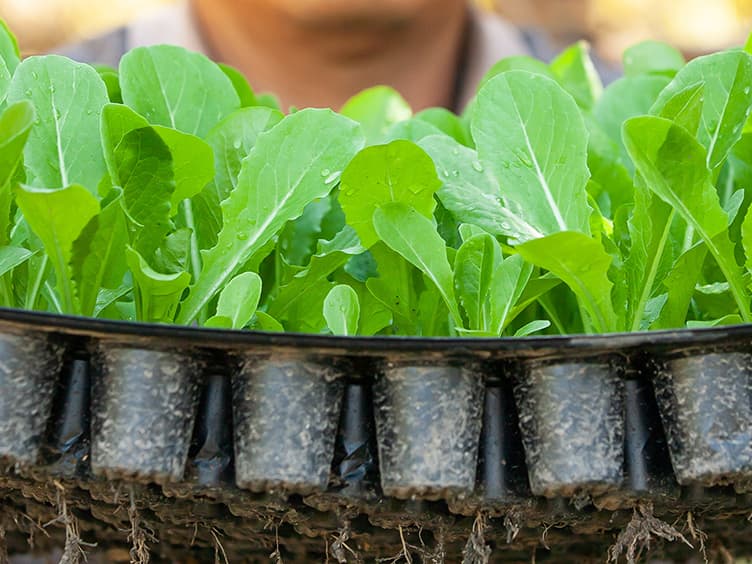
In late winter, it’s only the warmer parts of the country that will have any ripe fruit to harvest, and most of it will be citrus – mandarins, tangelos, grapefruit and lemons.
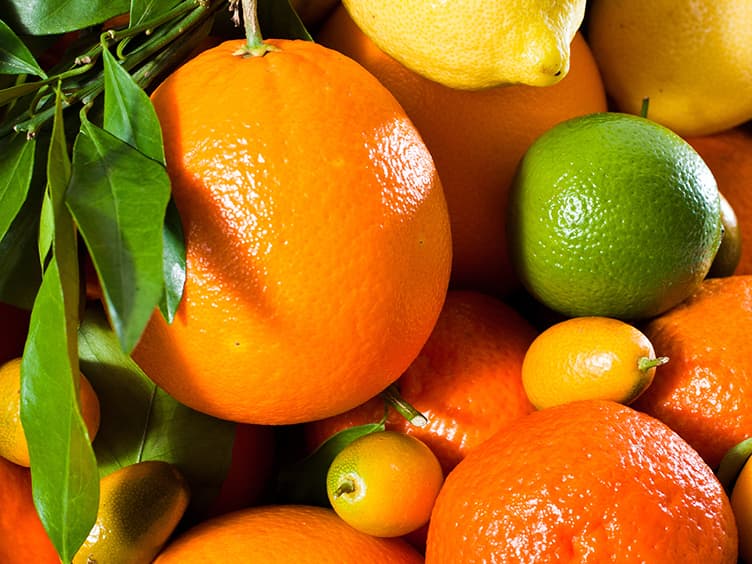
Evergreen fruiting plants such as passionfruit vines and citrus may still be planted in warm to tropical areas. Bare-rooted deciduous fruit and nut trees and vines should be planted as soon as possible before they start to shoot and flower. Some garden centres may already have them potted up and in flower.
Choose from:
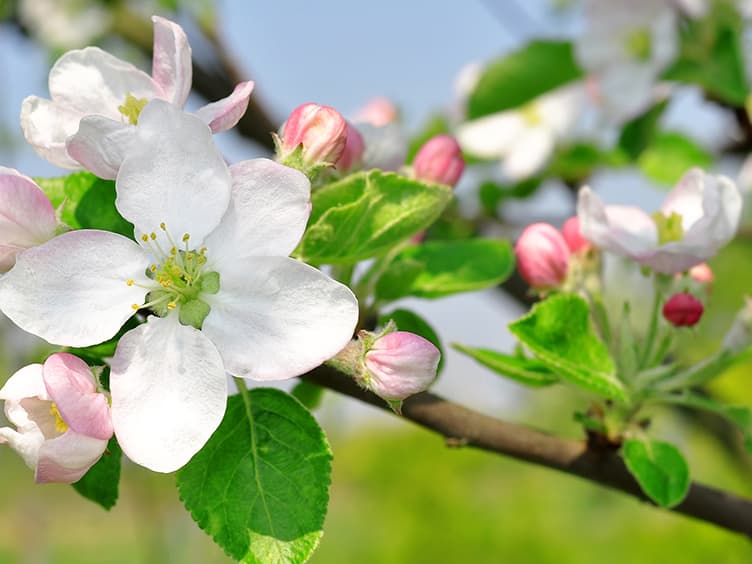
Bare-root roses are still available and, like fruit trees, should be in the ground very soon! Some nurseries sell them already potted up – they can be planted now or left until they are fully in leaf before transplanting into the garden. Spring flowering annuals will in full bloom now, but it’s not too early to start thinking about summer flowers.
Plants inside the home assist in purifying the air as well as lending a touch of greenery to your living areas.

If you didn’t have time to give the mower a service last month, do it now before spring when it will be called into service quite frequently. As winter gradually recedes and the days become longer and a little warmer, the lawn will have quite a growth spurt - now is the time to fertilise. The type of fertiliser you use will depend on the health of your lawn.
